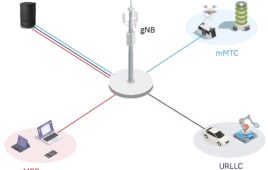Verizon and AT&T are barking up the fixed wireless tree already, but the Alliance for Telecommunications Industry Solutions (ATIS) in a new white paper released Monday pegged augmented and virtual reality as the use cases that will drive new 5G network advances.
According to ATIS, both AR and VR are “emerging as important technologies for entertainment and gaming” but also have “extensive professional applications” that have yet to be tapped. Some of the latter include medical, education, commerce, and public safety, ATIS observed.
It is the proliferation of these as yet un- or under-utilized applications that will be a driving force behind network requirements for lower latency and more bandwidth, as well as more efficient content distribution. Why? Because large amounts of content will need to be preloaded on to the user equipment and stored locally.
The white paper, titled “5G Reimagined: A North American Perspective (Issue 2),” suggests preloading may be accomplished with very high-speed WLANs or near-field radio interfaces, or simply loaded during off-peak hours. But to keep loading times tolerable, data rates will have to hit 100 Mbps (or 750 Mbyte per minute) or more. On the latency side of things, lag of less than 10 ms will be ideal.
The full white paper, which analyzes a number of other use cases and provides color on 5G deployment requirements, can be found here.
And be sure to check out our sister publication CED for more on the rise of AR and VR. Some good places to start are here and here.




